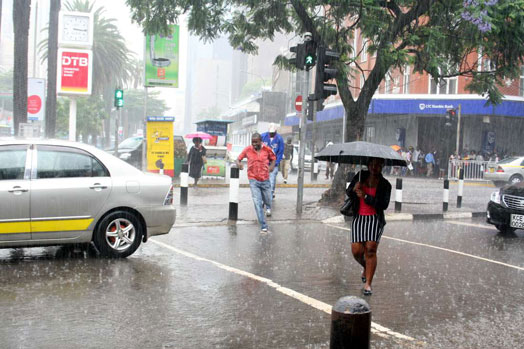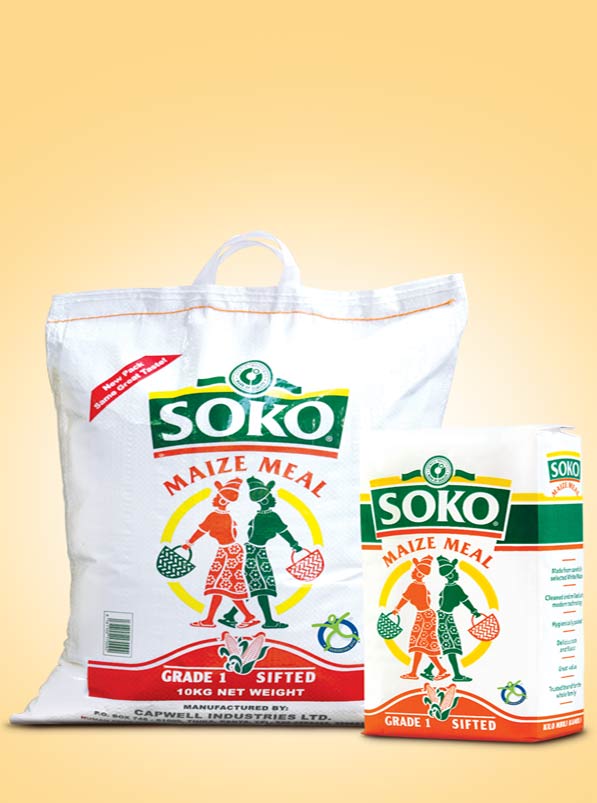Maize farmers are staring at nearly Ksh 15 billion in post-harvest losses, a situation likely to trigger high prices and general food insecurity in the country. The loss is projected to reach between 10 to 12% of the total maize output.
Agriculture Principal Secretary Richard Lesiyampe however said as part of mitigating the losses, the government would facilitate farmers to deliver their maize to the National Cereals and Produce Board (NCPB) depots.
“Those farmers who do not have adequate capacity are free to deliver their maize in government stores at no cost as government will cater for any cost,” said Lesiyampe in an interview Thursday.
With the onset of the short rains, the PS said they have a team of agriculture officers on the ground monitoring the situation mainly the storage facilities used by farmers to dry maize.
Researchers with Tegemeo Institute of Agricultural Policy and Development said the ongoing short rains are likely to lead to high post-harvest losses levels and thus trigger high food prices and food insecurity early 2018.
Last month’s food status report issued by the government noted that although the 2017 long rains were late at the onset and with erratic tendency, a near normal performance was recorded in the high and medium rainfall areas thus the country is likely to record an annual 37.9 million bags.
Based on the current prices of Ksh 3, 200 per 90 kilogramme bag, 4.5 million bags of maize will be lost through post-harvest loss, which is equivalent to value loss of Ksh 14.6 billion.
Timothy Njagi, a senior research fellow with Tegemeo Institute, said this expected loss would lead to stressed incomes to the farmers.
“Farmers are likely to be interrupted when drying maize thus leading to more losses. Most of the farmers lack proper storage facilities contributing to harvested maize accumulating high moisture content which is the main cause of aflatoxin,” said Njagi.
Dennis Otieno, also a research fellow, noted that food shortages and high food prices continued to characterize the food security status of Kenya which was just smarting from the 2016 food shortages and a deficit gap that was met by maize imports.
READ: How Uhuru and Ruto were paid four times their salaries
Cereal Growers Association (CGA) Chief Executive Anthony Kioko said maize farmers especially in the North Rift area have continued to suffer high post-harvest losses due to the unusually wet harvesting season.
“The losses have taken the form of physical reduction of marketable volume due to increased percentage of rotten grain at an average 10 percentage this year, lower grade of delivered maize hence 10-15 percent loss in market price and increased cost of labour in drying the maize.
According to Kenya Meteorological Department, the country would receive enhanced rainfall during the October-November-December short rains, with the former being the peak period.













Leave a comment